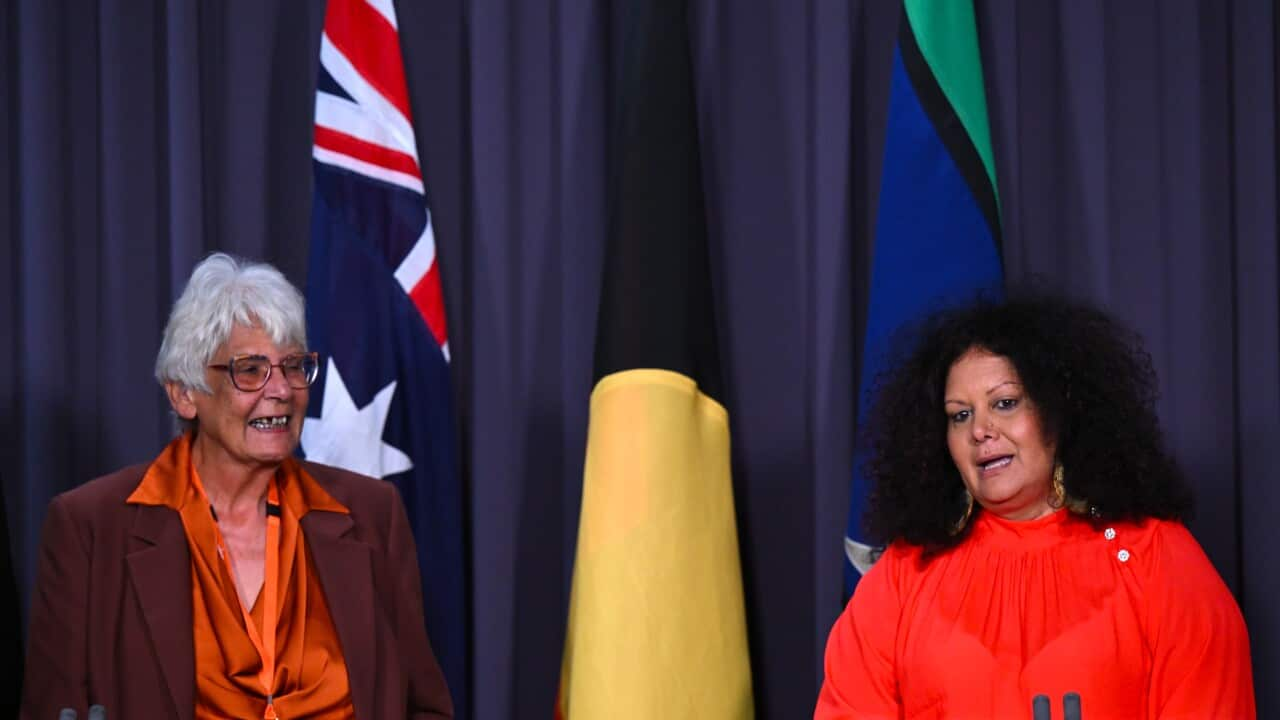Key Points
- Closing the Gap was launched in 2008 to address health and life expectancy inequalities faced by Aboriginal and Torres Strait Islander peoples.
- In 2020 the strategy was reformed so that decision making is shared with Aboriginal and Torres Strait Islander communities.
- Progress has been mixed, with five targets on track but areas such as incarceration and suicide rates worsening.
- Only five out of 19 targets are currently on track.
The early years: a call for equality
It all began in 2005, when Aboriginal Elder Professor Tom Calma AO delivered a landmark Social Justice Report. In it, he called for health equality for Aboriginal and Torres Strait Islander people within one generation—25 years.
His report sparked a wave of public support. By 2007, well-known Olympians Cathy Freeman and Ian Thorpe had joined a new campaign.
“This is about what we are able to do today together to help each other… help one another,” Cathy Freeman said at the Close the Gap campaign launch.

CANBERRA, AUSTRALIA - FEBRUARY 13: Australian Prime Minister Kevin Rudd meets with Raymattja Marika after delivering an apology to the Aboriginal people for injustices committed over two centuries of white settlement at the Australian Parliament. Rudd's apology referred to the "past mistreatment" of all Aborigines, singling out the "Stolen Generations", the tens of thousands of Aboriginal children taken from their families by governments between 1910 and the early 1970s, in a bid to assimilate them into white society. (Photo by Andrew Sheargold/Getty Images) Credit: Andrew Sheargold/Getty Images
The first Closing the Gap strategy was formed
In 2008, Prime Minister Kevin Rudd made the Closing the Gap strategy official. That same year he delivered the National Apology to the Stolen Generations.
The original Closing the Gap strategy focused on seven key areas—things like life expectancy, child mortality, education and employment. The hope was to see measurable improvements within 10 years.
Every year since then, the Prime Minister of the day has tabled a report outlining how we’re tracking.
In 2019, during his term as Prime Minister, Scott Morrison reflected on 12 years of Closing the Gap:
“It's a tale of hope, frustration and disappointment—a tale of good intentions and, indeed, good faith. But the results are not good enough. This is, sadly, still true… We perpetuated an ingrained way of thinking... and that is the change we are now making together with Indigenous Australians through this process.”

SCOTT MORRISON CLOSING THE GAP PRESS CONFERENCE Credit: AAPIMAGE
The strategy reaches a turning point
The strategy had to change. It was reformed and renamed the National Agreement on Closing the Gap, with a complete shift in focus from government-led solutions to genuine partnerships with Indigenous communities.
The Coalition of Peaks—a group of over 80 Aboriginal and Torres Strait Islander community-controlled organisations—was formed to co-design the new approach.
It’s a simple idea: policy shouldn’t be made for communities—it should be made with them.
- Children are born healthy and strong
- Students reach their full learning potential
- Fewer young people enter the criminal justice system.
It’s a broader, more holistic approach focusing not just on health, but also housing, justice, culture and economic participation.

Lead Convener of the Coalition of Peaks Pat Turner speaks to the media during a press conference at Parliament House in Canberra. Source: AAP / LUKAS COCH/AAPIMAGE
So how are we tracking today?
It’s been almost a generation since Tom Calma’s call for change. Back then, the life expectancy gap between Indigenous and non-Indigenous Australians was 11 years. Today, it’s around eight. But worryingly, the trend is once again heading in the wrong direction.
According to the latest , there’s been some progress. Eleven out of 19 targets have seen improvement. But only five are currently on track.
There are some encouraging signs: more babies are being born at a healthy weight, and more young people are finishing Year 12 or an equivalent qualification.
But some areas, like suicide rates and adult incarceration, are going backwards.
“We need to stick at it,” Pat Turner from the Coalition of Peaks says.
“Closing the Gap is more [than just] about statistics. It’s about real lives and strong families and brighter futures… It’s about assuring that our children grow up to be healthy and proud and connected to their culture”.













